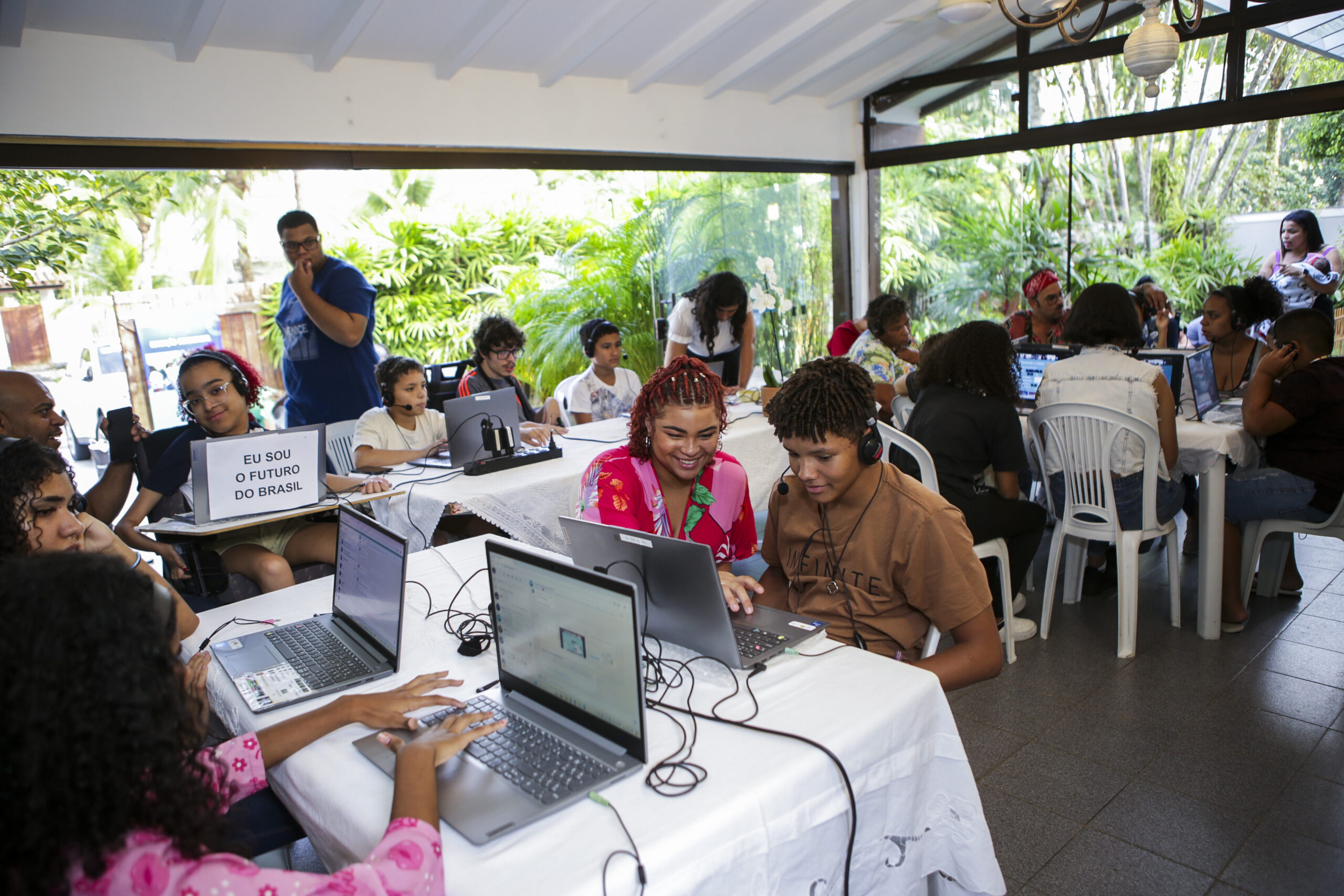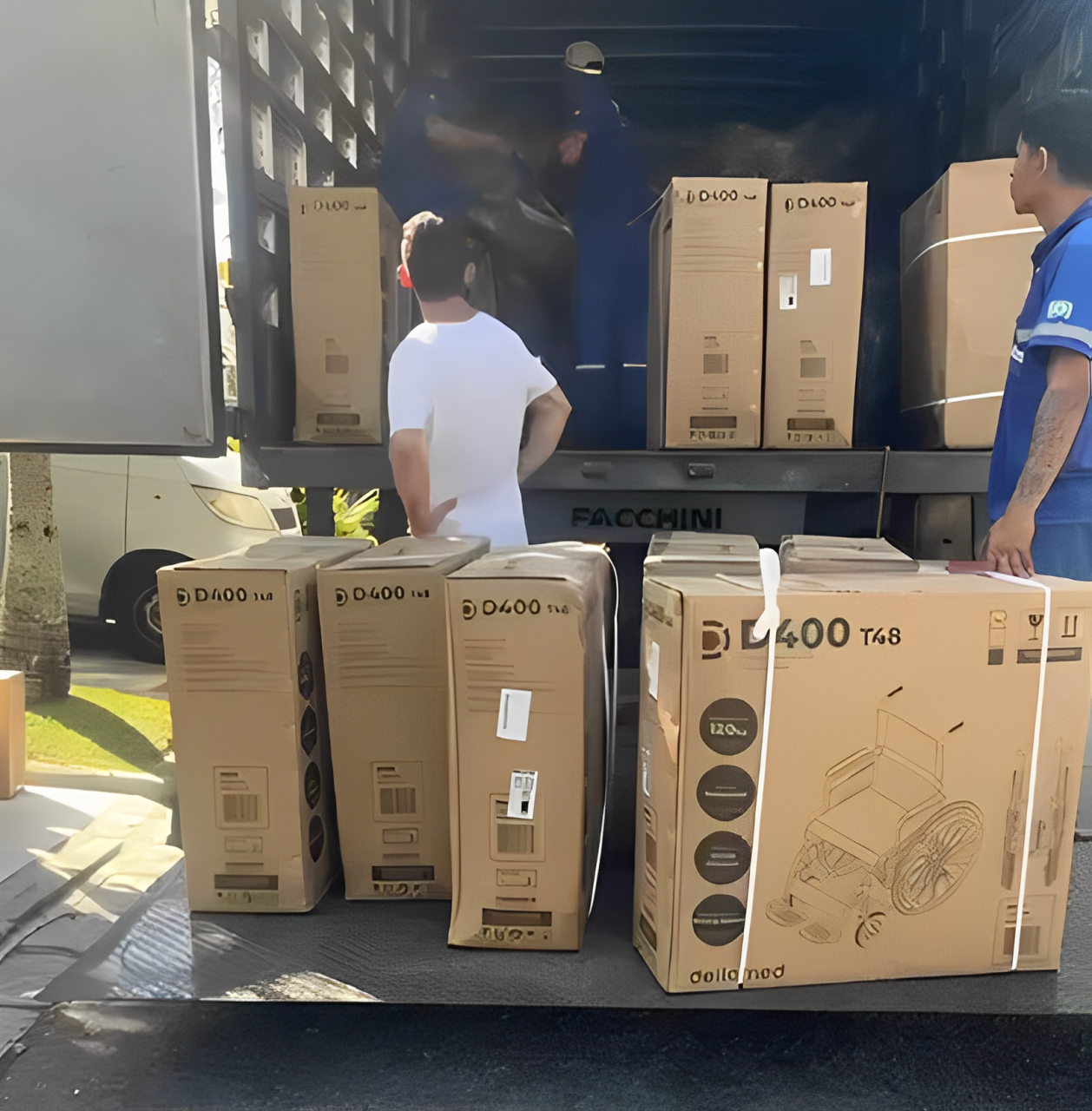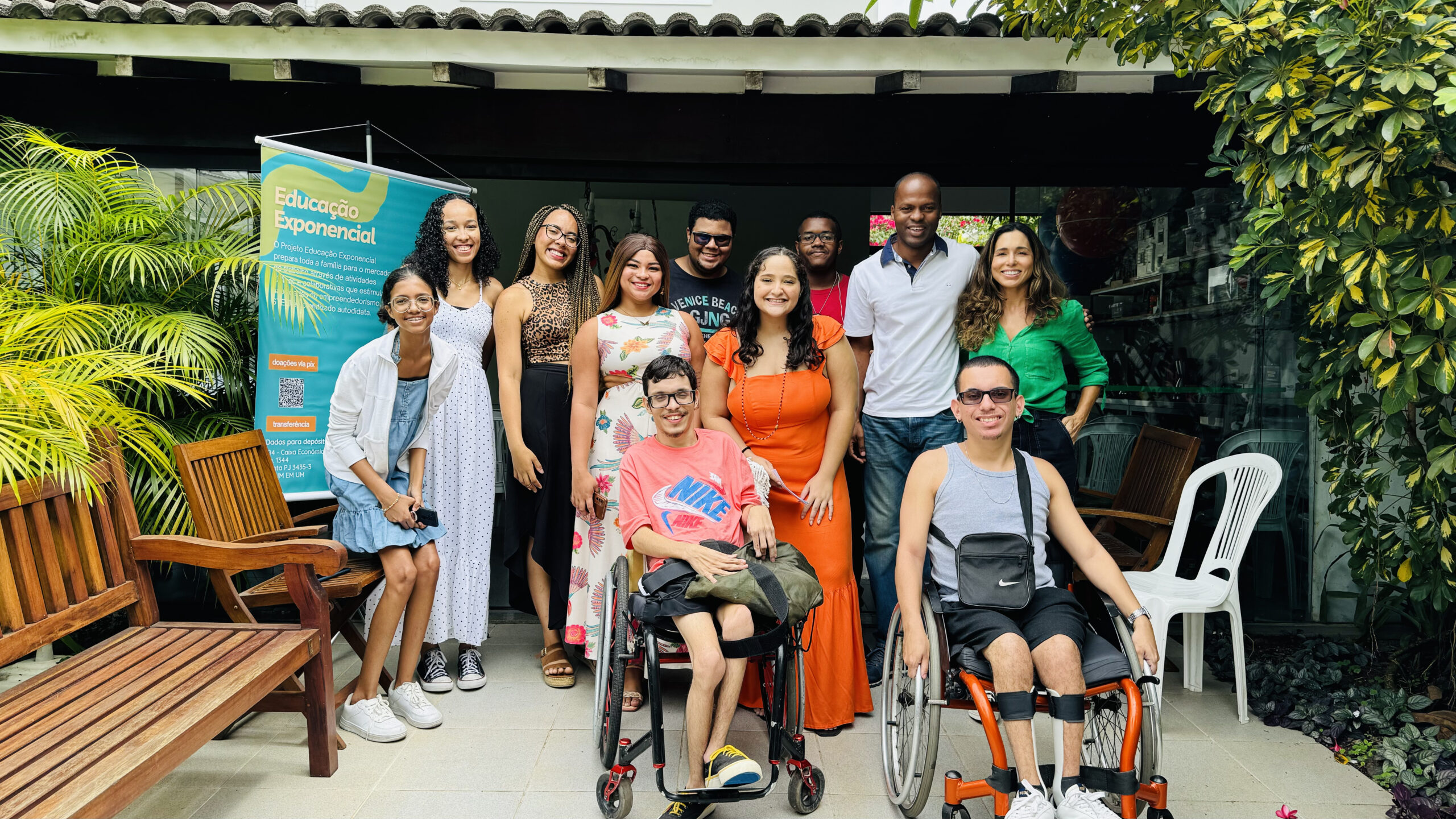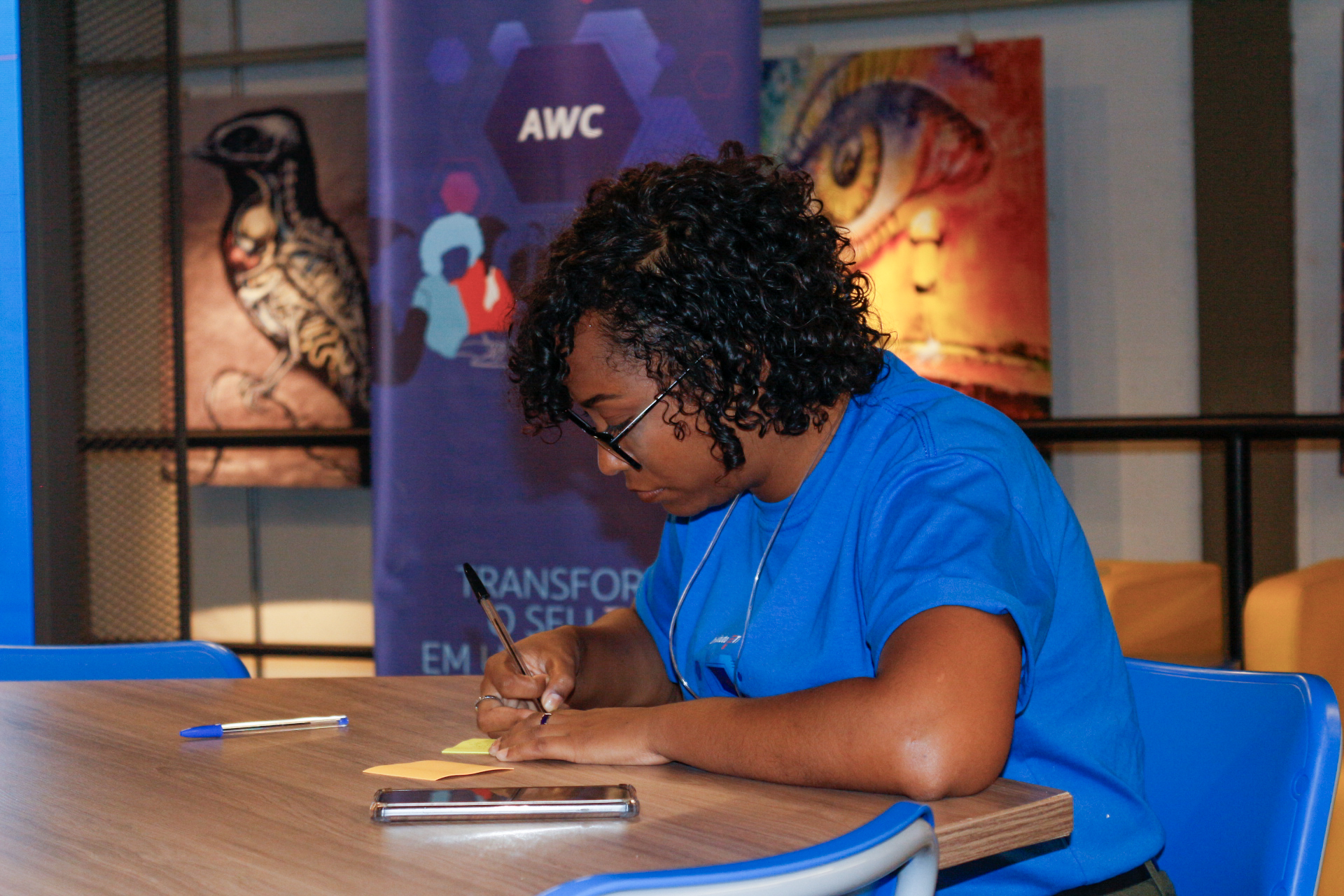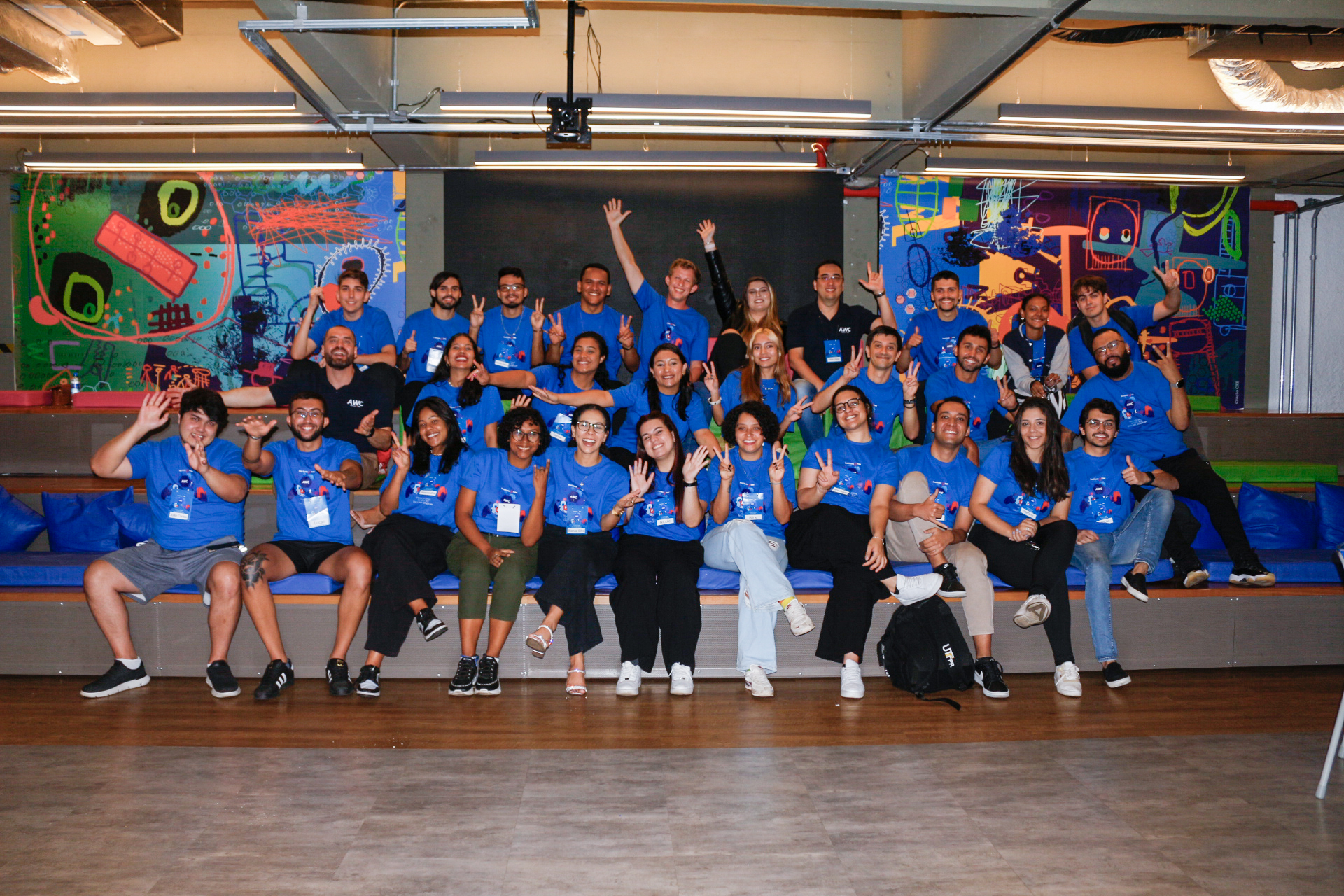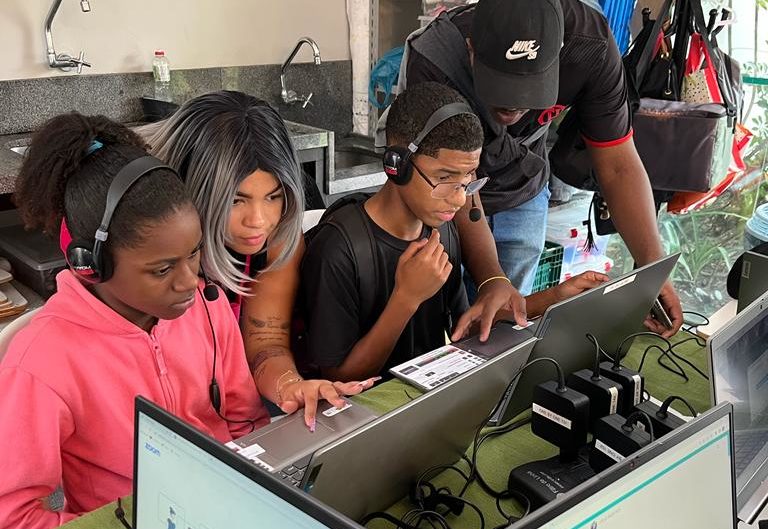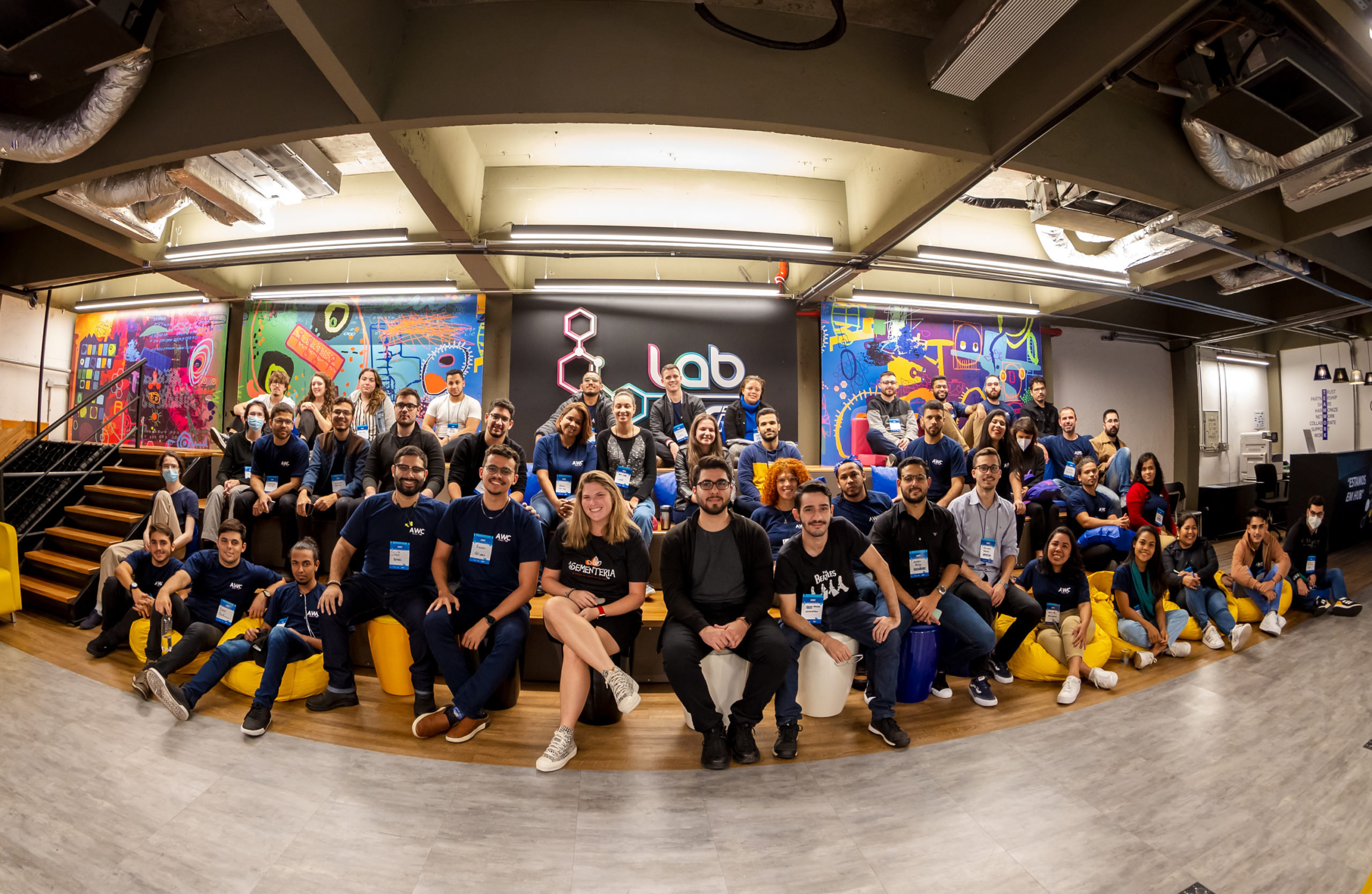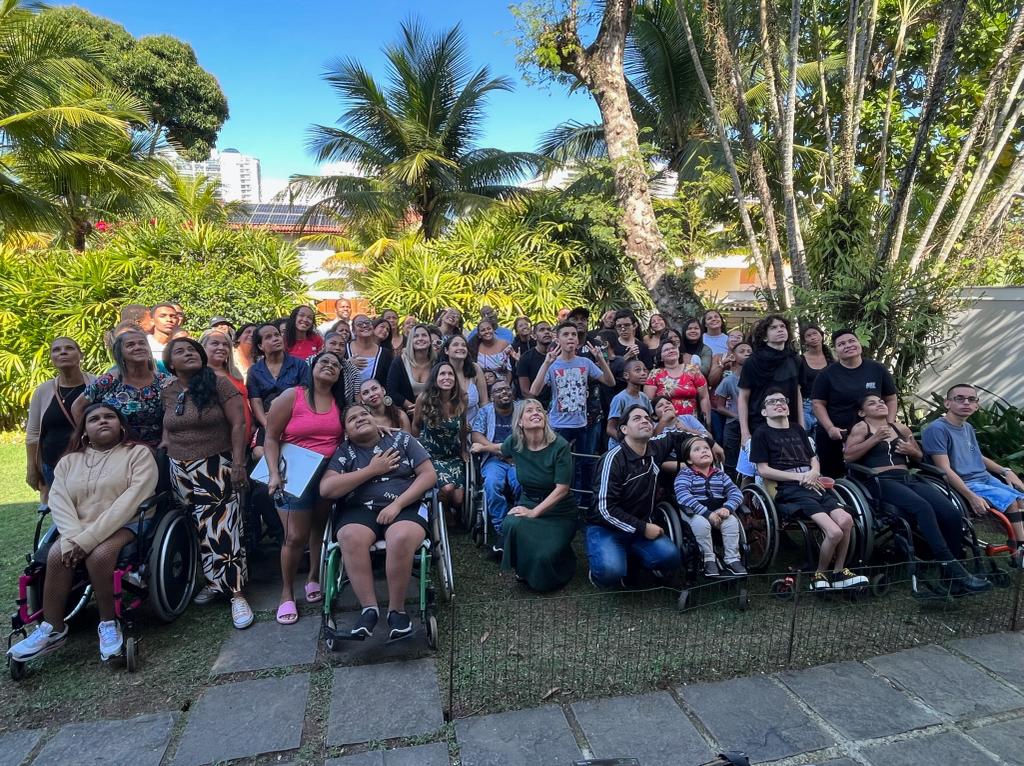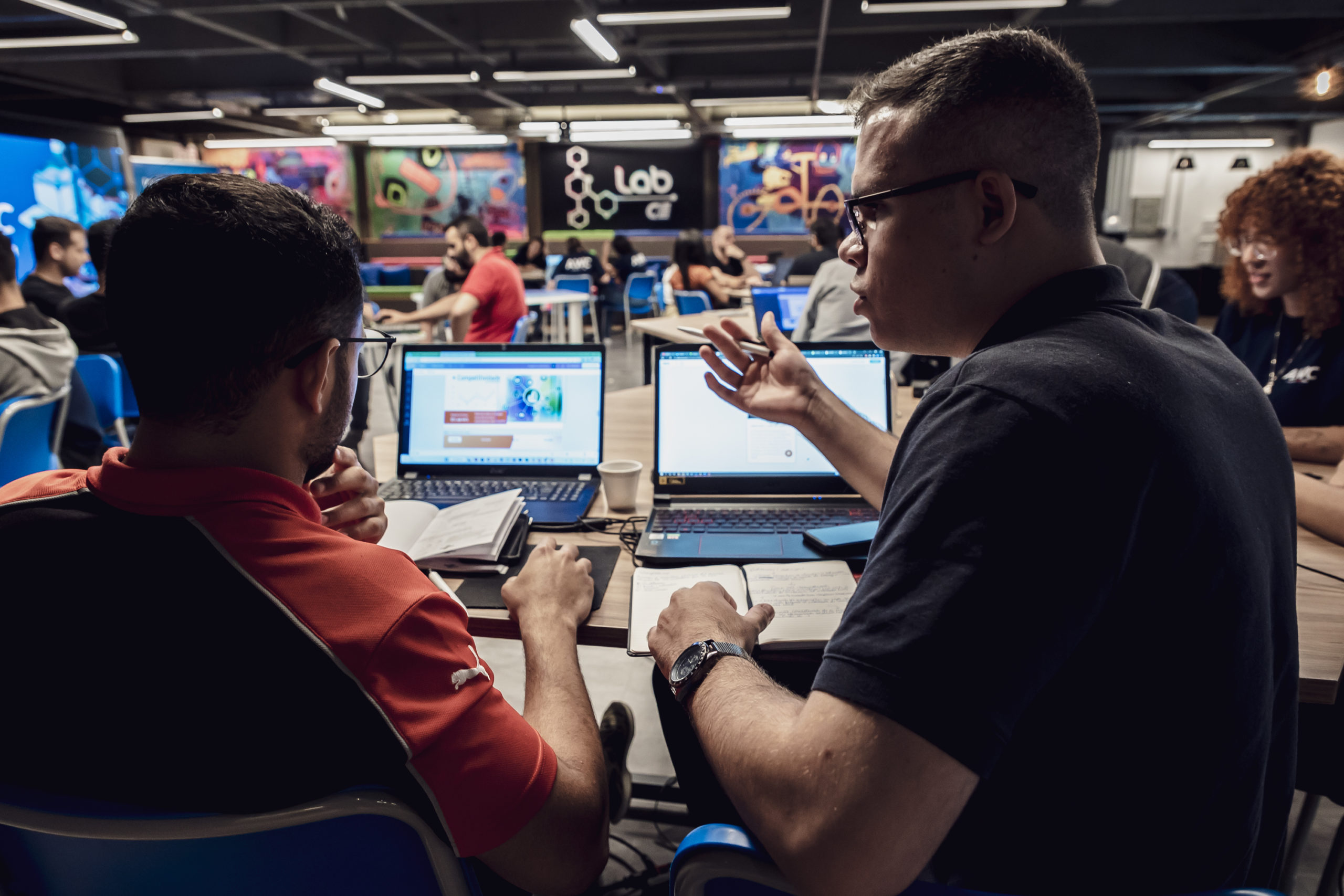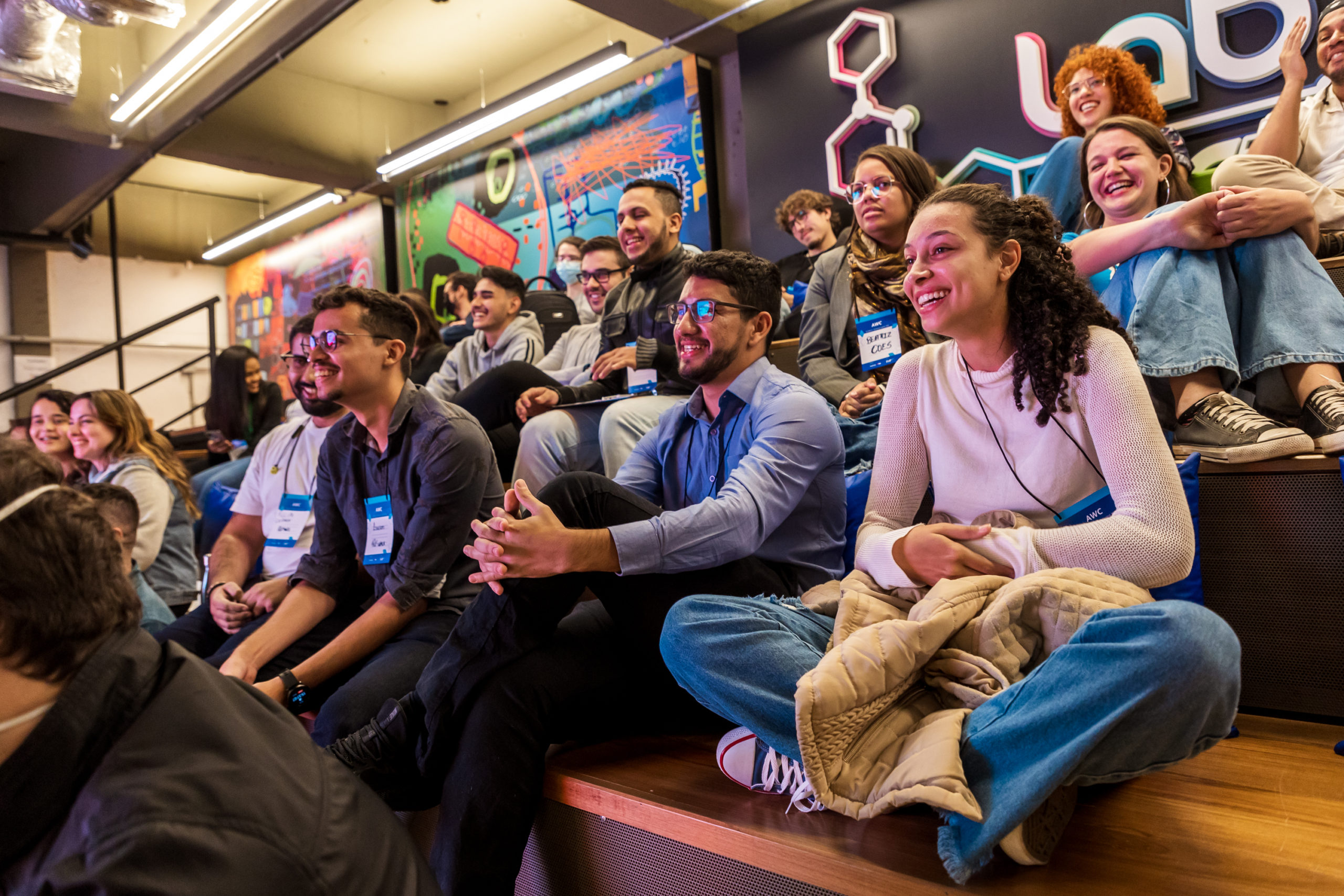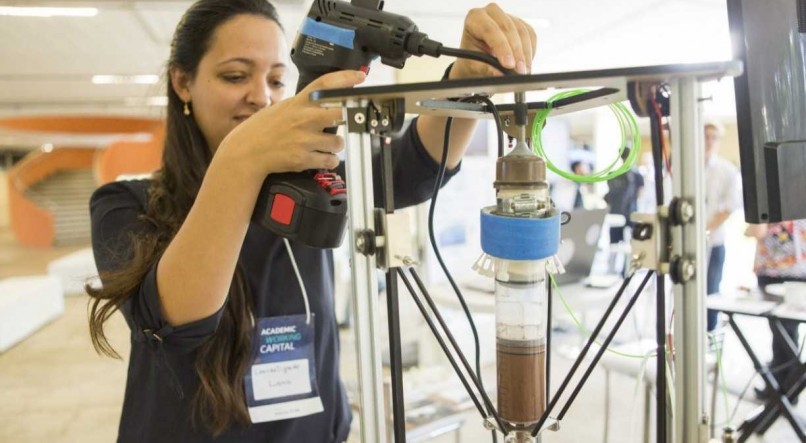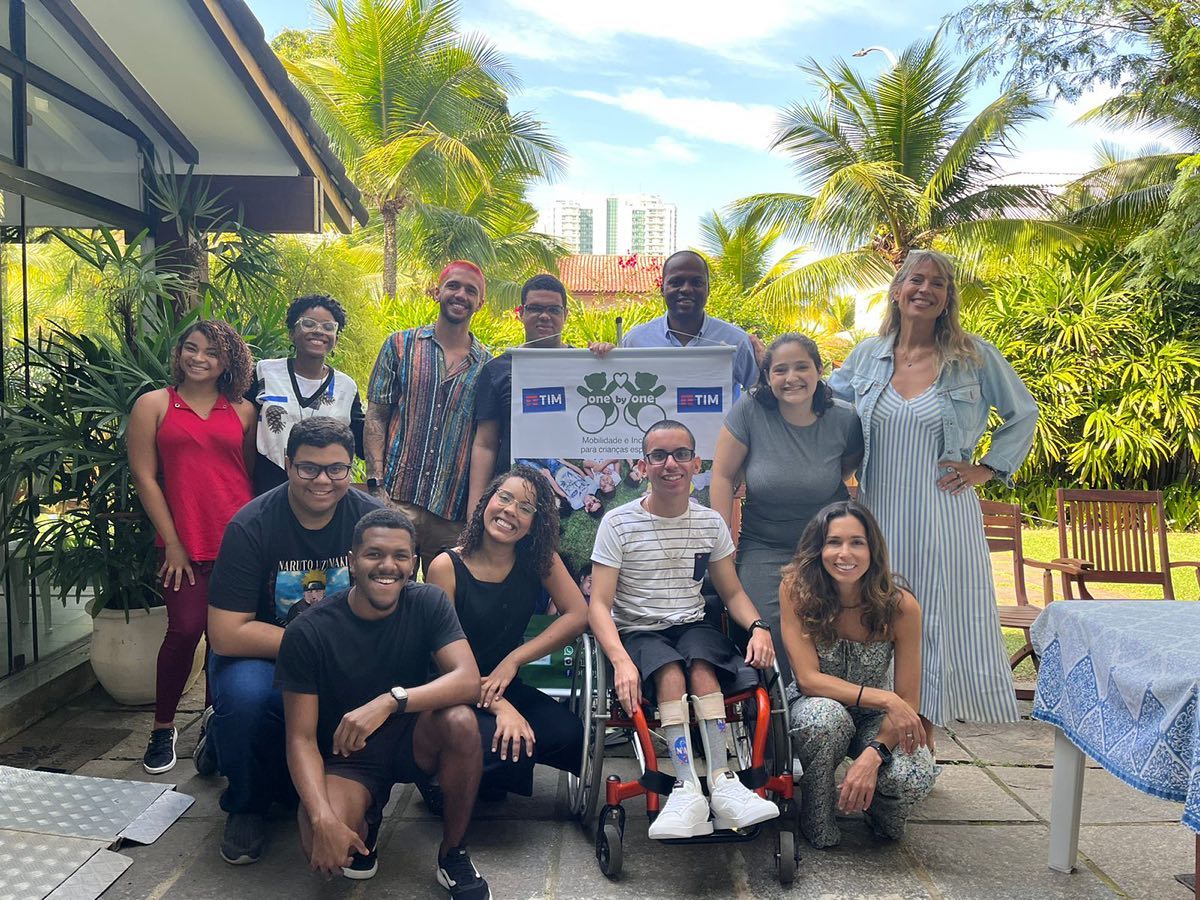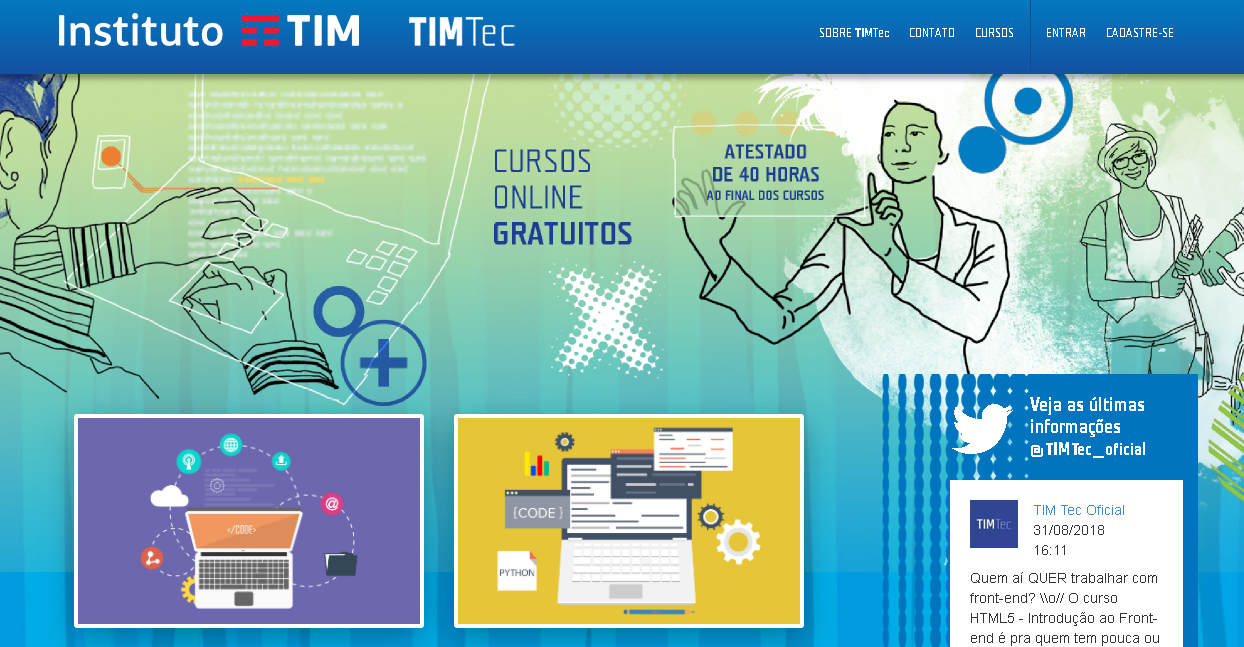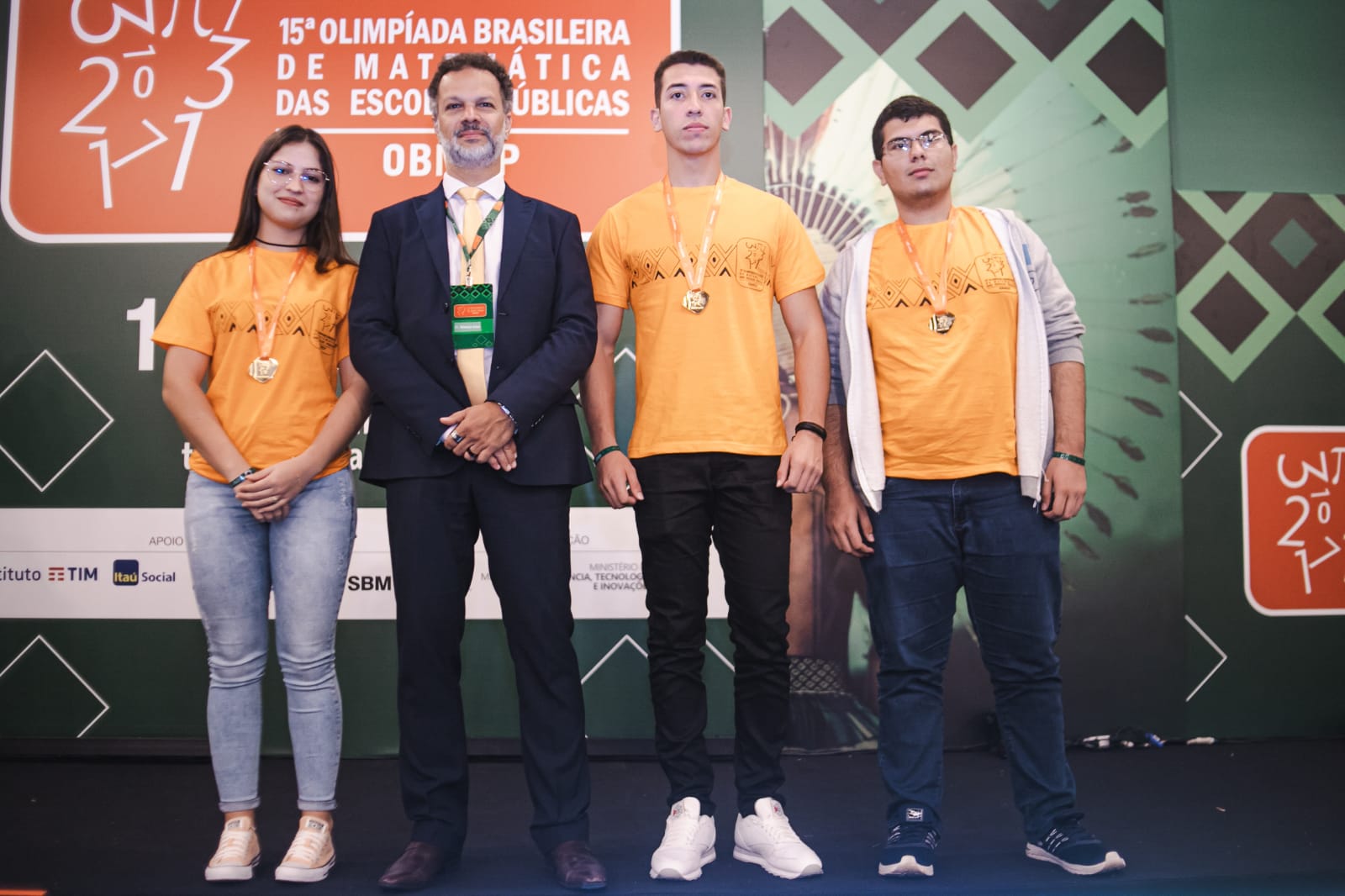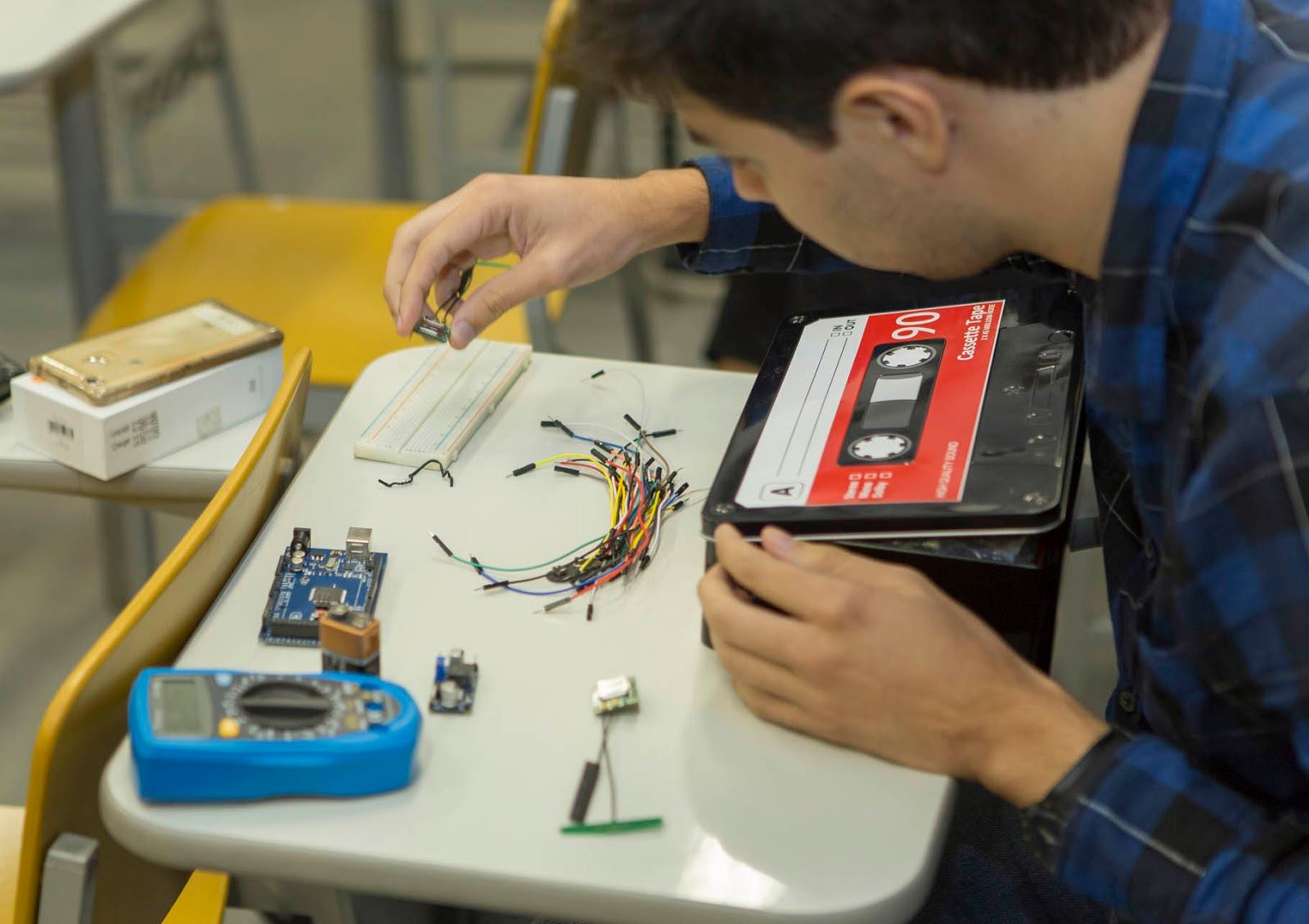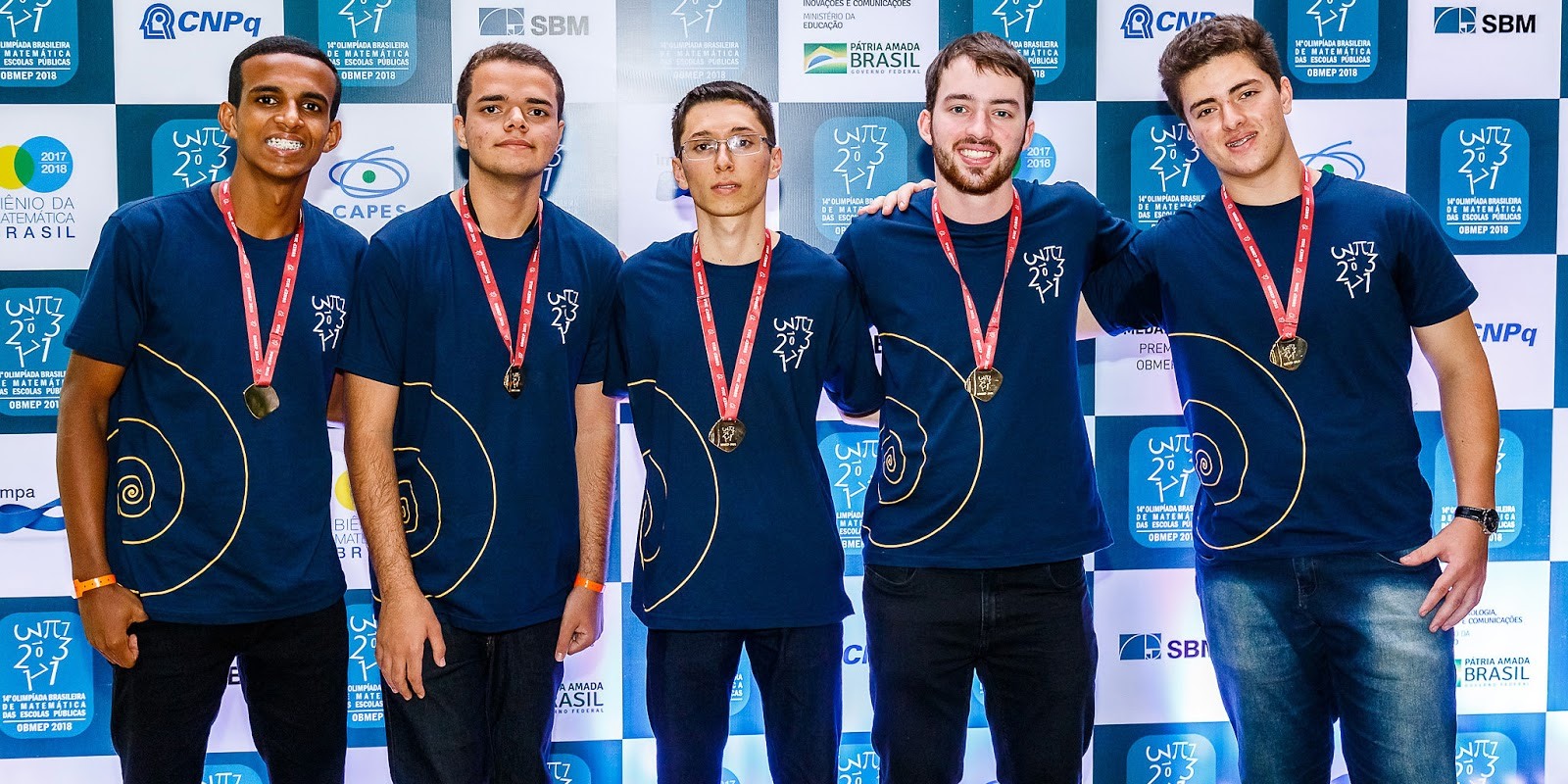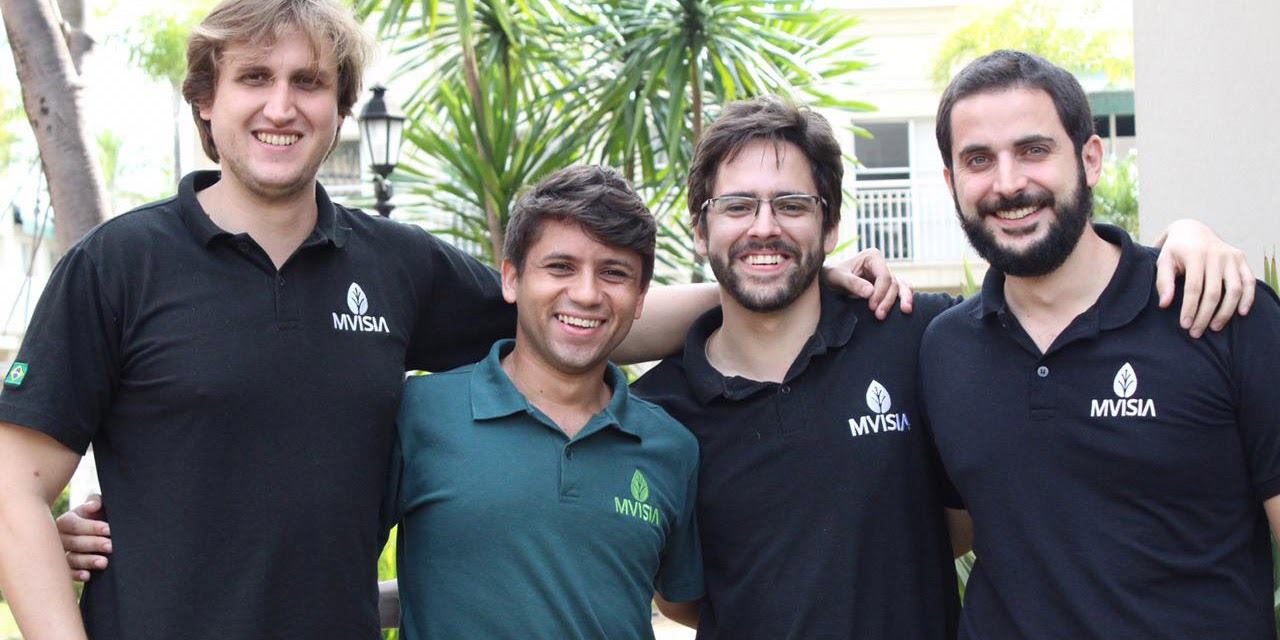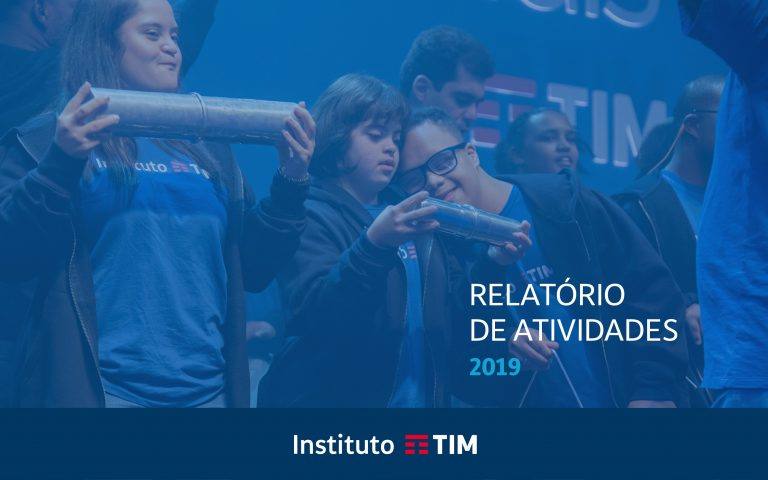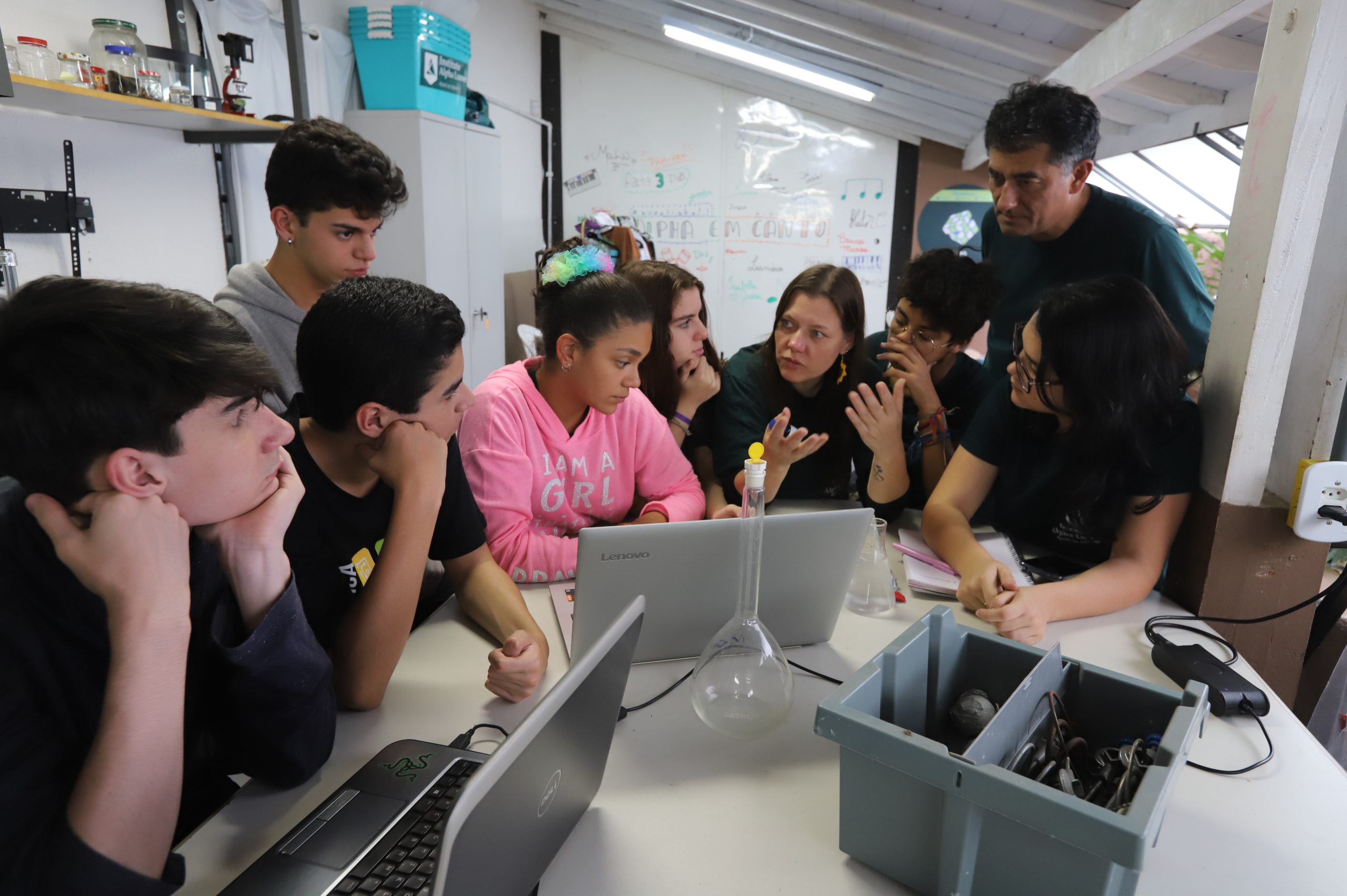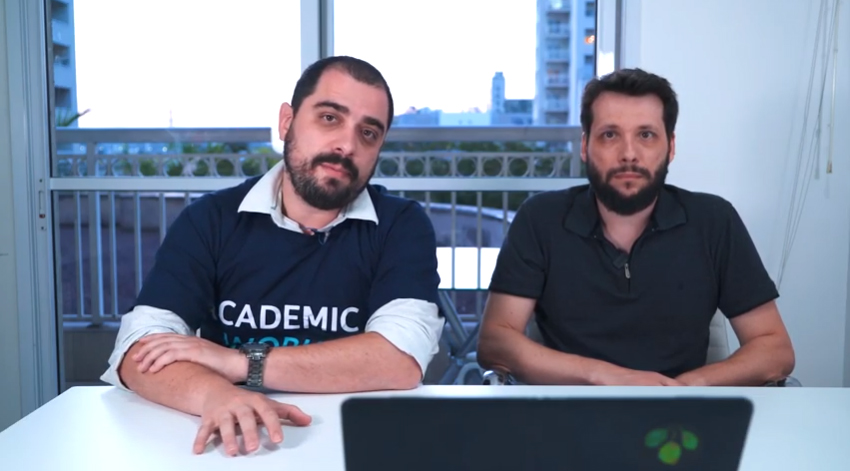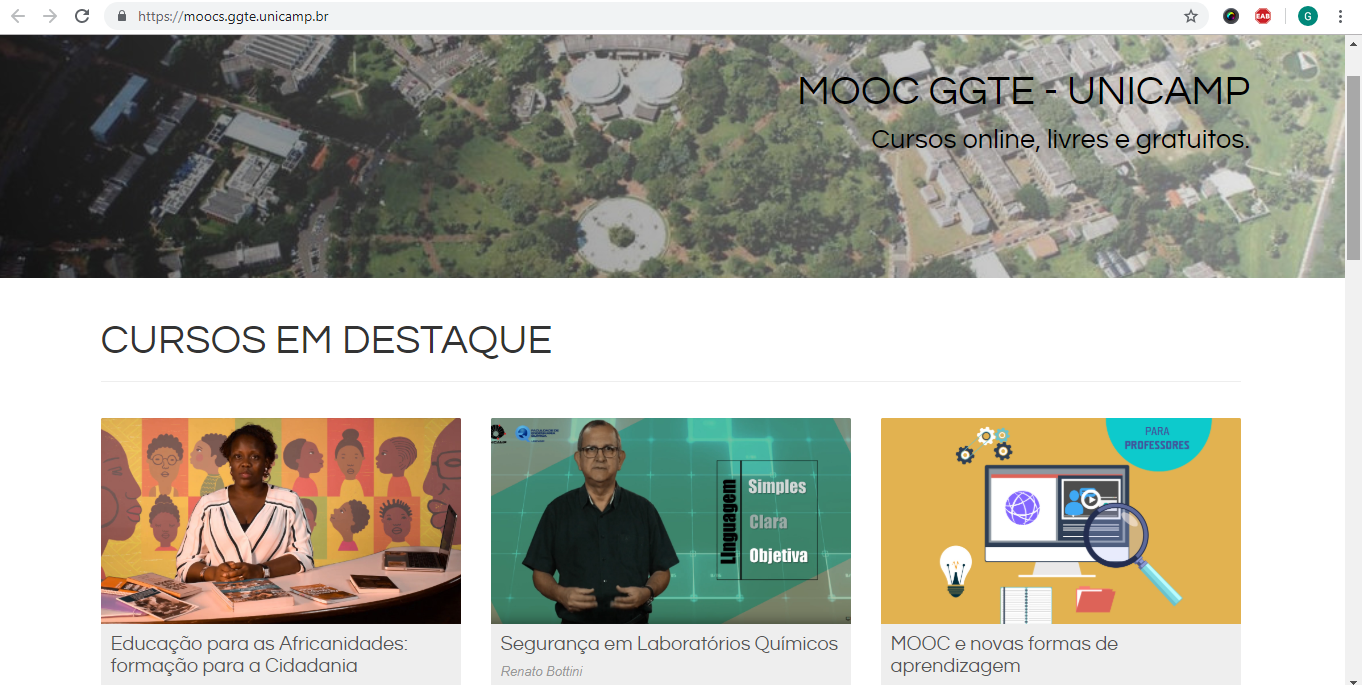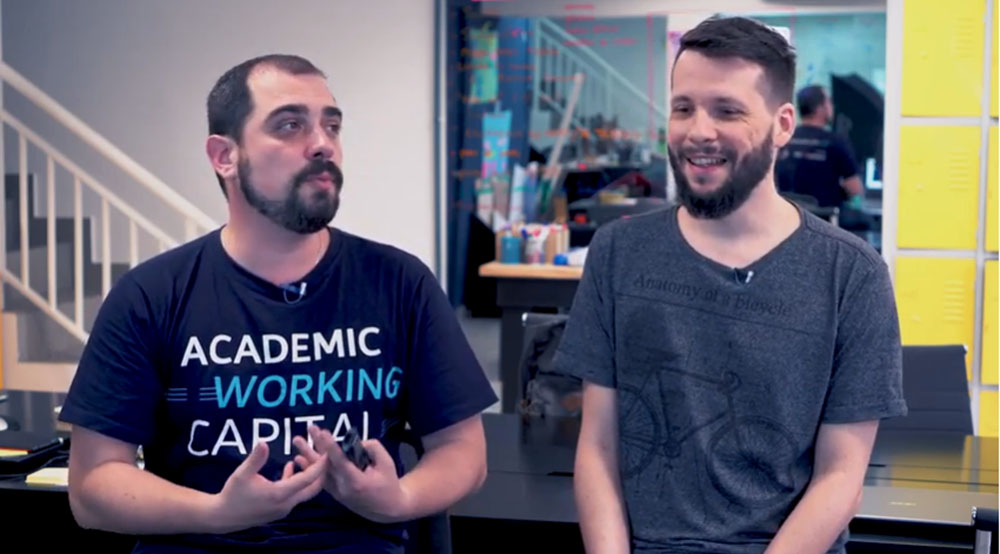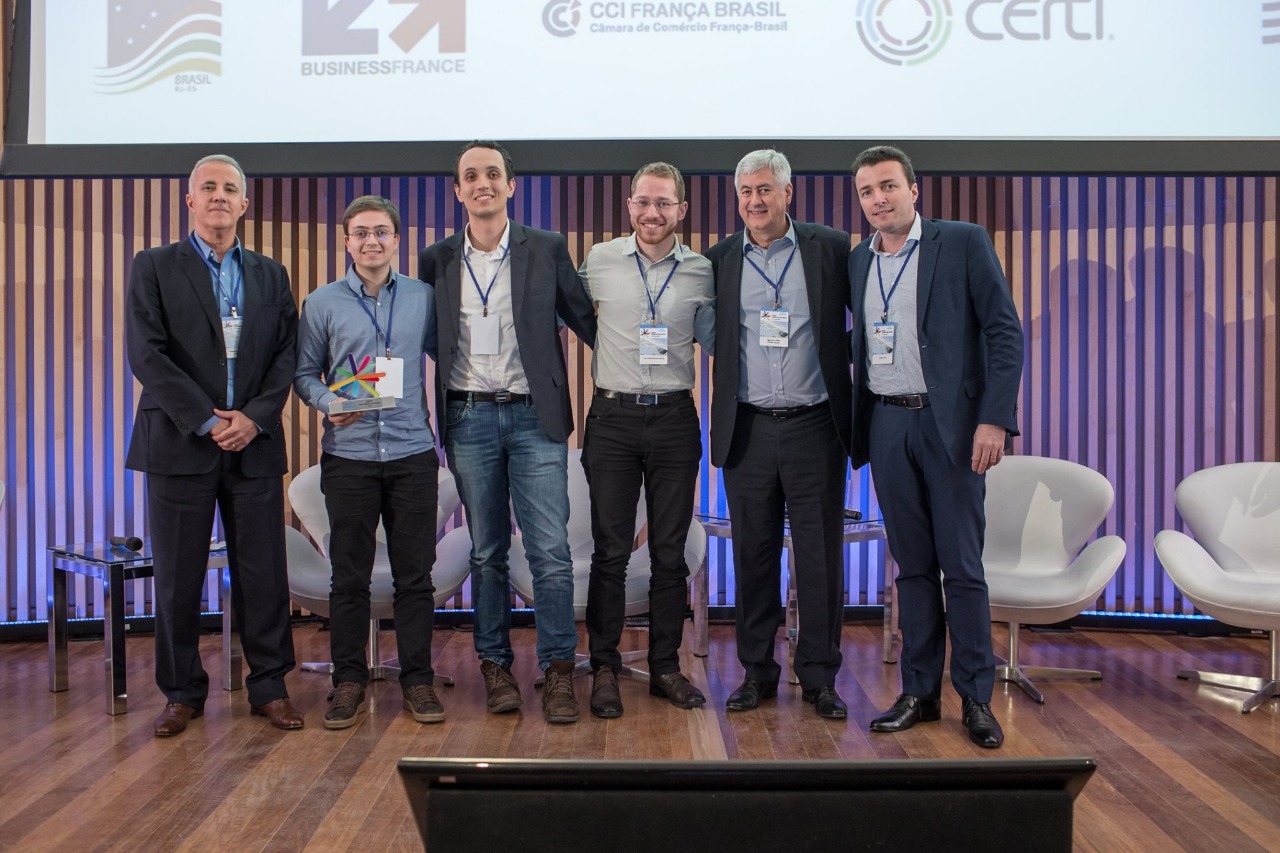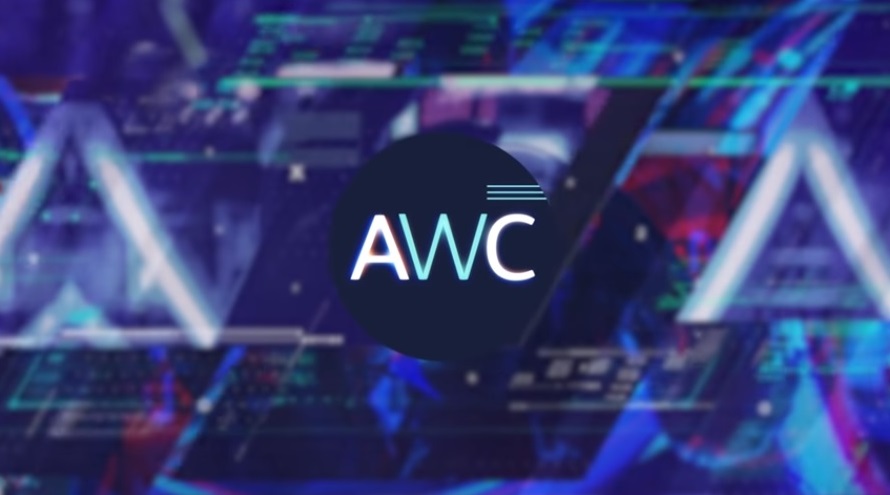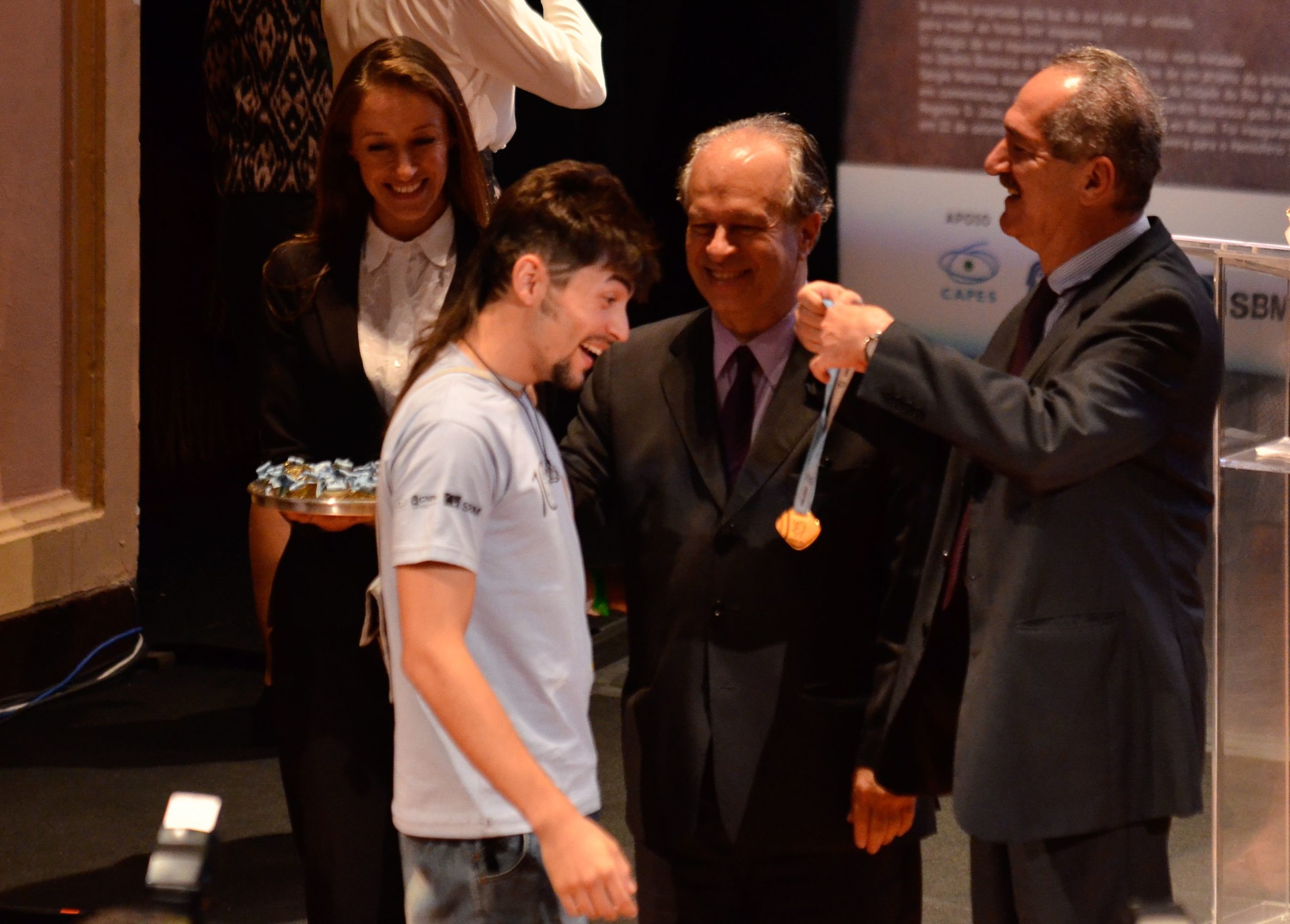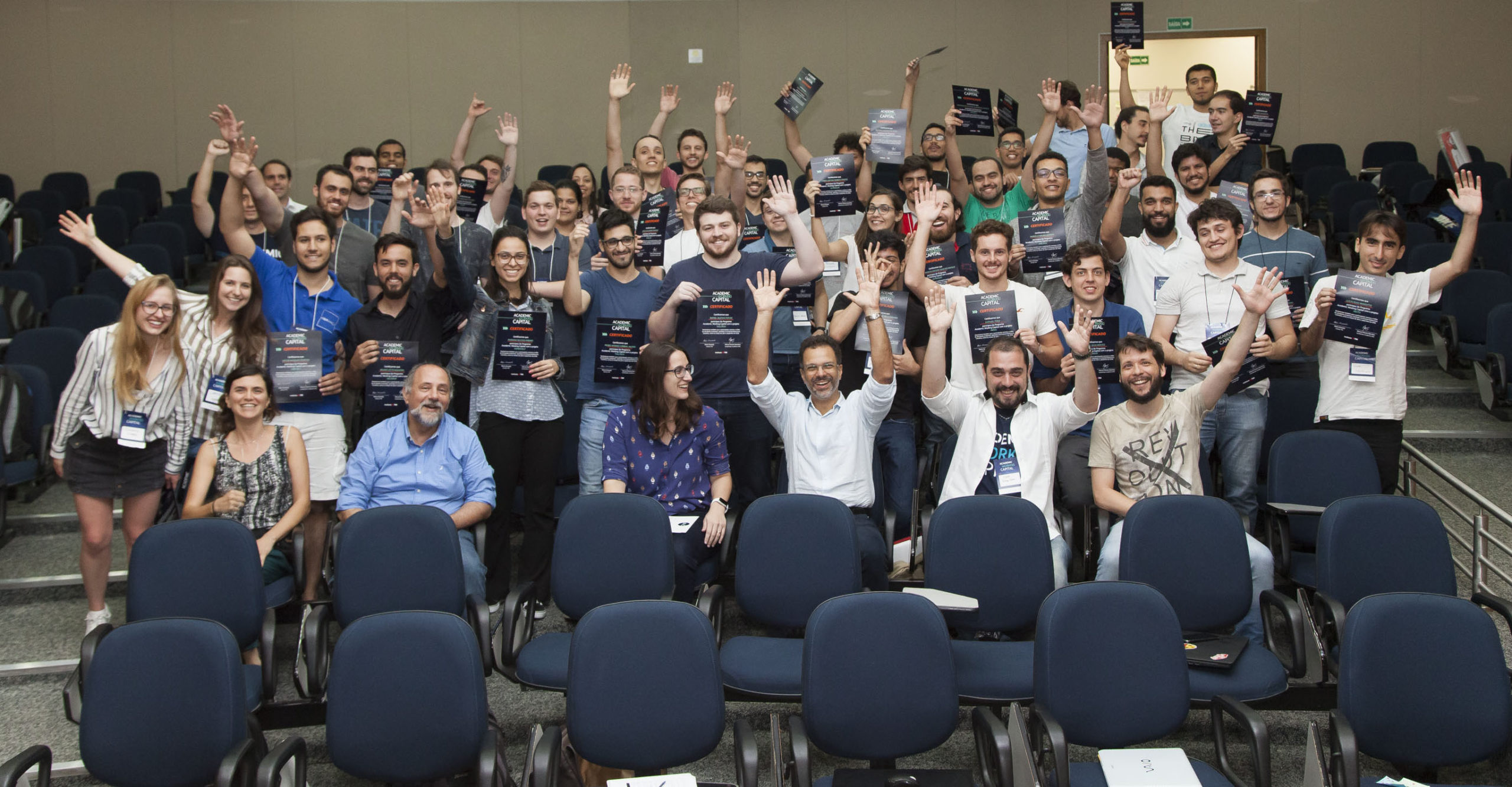
The TIM Tec platform released two new courses this week: Front-end development and Interfaces design with CSS3. These are the first courses of 2016 – other five will be published in the coming months. Like all courses in the platform , both are free as MOOCs (massive open online courses) and divided into classes, each with different chapters presented in videos.
Front-end development is geared to those who are starting in the field of web development, but already have some notion of HTML, CSS3 and JavaScript. The course shows several references to the students, but the focus of the content is in practice. “At each class the students build a part of a website. They learn how to use the languages together to, in the end, build a website that has a simple layout, but which brings together all the concepts related to front-end,” explains teacher Talita Pagani, an expert in Project Management, a Master’s degree student in Science Computer and user experience (UX) consultant.
According to Talita, the companies began to hire specific professionals in different IT sectors such as front-end, back-end and design. That’s why specialization is a differential. “Front-end professionals are very much in demand, because it works with base technologies to build a website. They also have to pay attention to user experience and performance issues and website accessibility. It is a highly valued professional in the market,” he says.
Leandro Lima and Dani Guerrato, founders of the PopUp Design studio, are the teachers of the Interfaces design with CSS3 course. “The course is for those who already have a notion of HTML, but want to learn about design, layout and CSS techniques”, says Dani. “The idea is that at the end of the course students can build their own interface”, adds Leandro. For students to delve into the subject, the instructors also indicate references and provide exercises to download and practice the content.
Leandro highlights the importance for web designers and developers to study the concepts of the two areas, which complement each other. “Knowing what you can do with both code and design is essential to achieve growth in this sector,” he says. Dani recommends the course even for those who will not work in the area, since building a website involves knowledge and skills that can be used in other areas.
This was the first experience of the three as instructors of a MOOC course, and everyone approved. “It was a very good and enriching experience. I was able to understand how the MOOC works and I saw what an interesting model it is that allows people who do not have the opportunity to pay for a course to specialize”, says Talita. Leandro and Dani knew only foreign platforms, and began to indicate the TIM Tec courses for those who want to start in the technology area. “The platform has good quality and open content, which benefits the entire community of developers. Teachers are active in the market, they know how to speak in an accessible language and are part of the community”, says Dani.
The TIM Tec platform has 19 published courses and more than 20,000 registered students. The next courses to be launched this year are UX and UI Design, Web PHP Development, Web Development with AngularJS, Web Development with Java and Wicket Apache and Good practices in software development.



